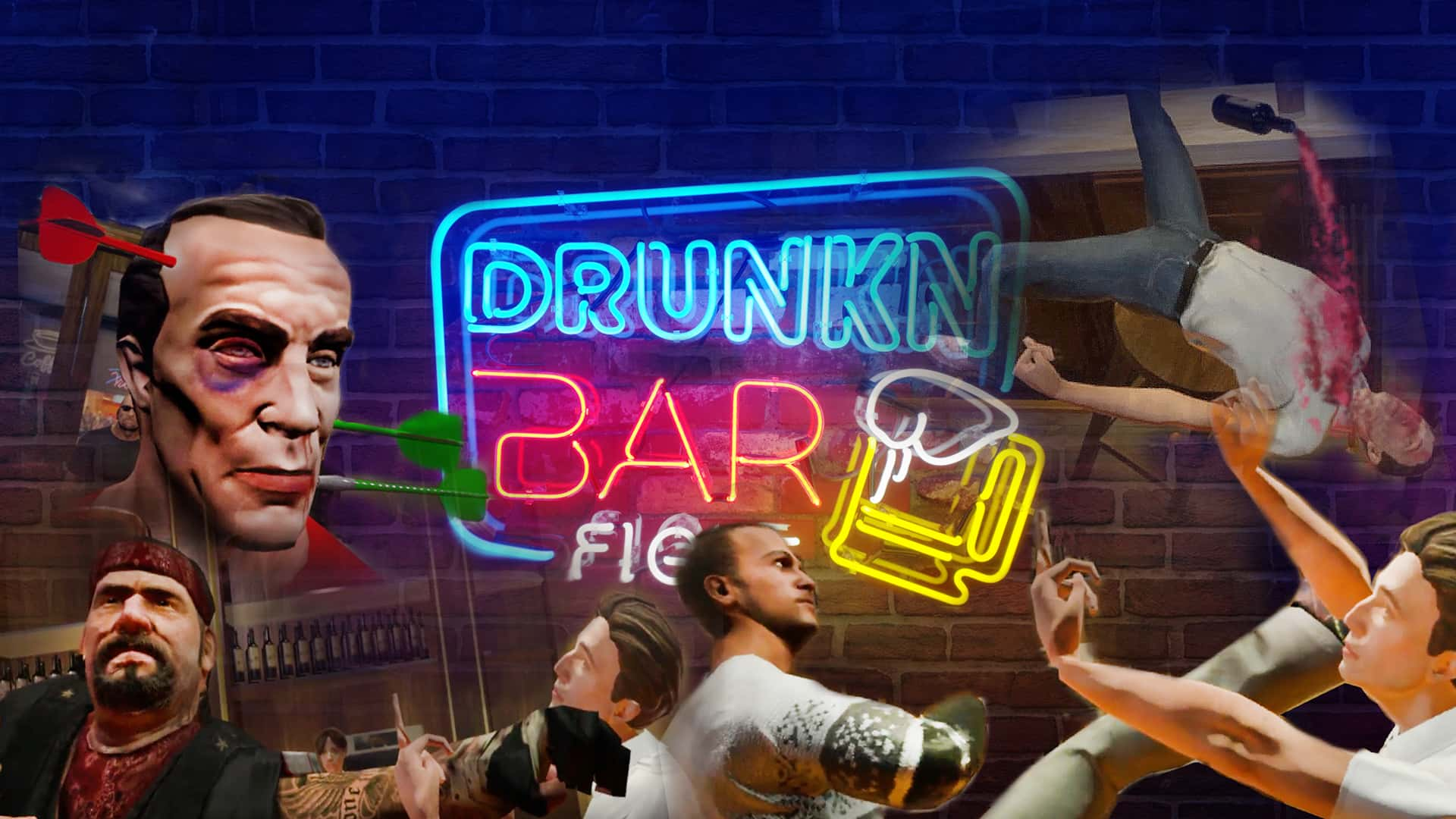VRMonkey, formerly known as Naked Monkey Games, embarked on a journey into VR a decade ago. Although their activities initially evolved around developing smartphone games, in 2015, after encountering Oculus Rift DK1, they decided to pivot fully into VR and AR development. Today, this indie studio comprises 40 dedicated team members who work on their own IPs and collaborate with renowned VR studios worldwide, including The Munky – creators of Drunkn Bar Fight.
Among VRMonkey’s portfolio, their co-development of Drunkn Bar Fight stands out as one of their most successful ventures. This game is among the top 20 selling VR Games of all time, and it maintains a steady audience, with more than 100,000 MAU. During peak seasons and featured store placements, this number rises to 200,000 MAU.
Harnessing the Power of Analytics
VRMonkey recognized that they must fuel their decisions with data to scale their games. After considering other analytic tools such as Flurry or Google Analytics, the team ended up choosing GameAnalytics primarily for its ability to provide a visual and comprehensive way to derive actionable insights and it focus on games:
We wanted to have a tool that would enable us not only to track specific events but give information about these events in a way that we could visualize and draw conclusions from these data.
To develop Drunkn Bar Fight, the two studios have been using the Unity3D engine. Following GameAnalytics’ integration documentation, VRMonkey was able to connect the analytics tool quickly and efficiently. The real task was determining what events the designers wanted to track and improve.
One compelling use case of analytics was the ability to assess popularity and player engagement with specific weapons. Custom events enabled developers and designers to understand how players interacted with the game and where they faced challenges.
We have several dashboards that enable us to analyze our custom events. But having custom dashboards for specific events is a king for us.
Acting on their analytics findings, VRMonkey initiated changes to encourage players to explore more levels and interact with different weapons. By optimizing level transitions and weapon placement, they were able to boost players’ engagement and overall gaming experience. These adjustments led to a 30% surge in players exploring levels beyond the initial one, highlighting the tangible impact of analytics on gameplay and user engagement.

Following these changes, the studios quickly observed improvements in user satisfaction metrics. The game’s average rating experienced a positive shift, climbing from 4.1 to 4.5.
Words of Wisdom for Aspiring VR Developers
We asked the team for valuable advice for developers transitioning from mobile to VR game development. They emphasized:
Forget everything you think you know. VR is not like mobile. Interactions are unclear, monetization isn’t the game, and the clients aren’t the same.
But always remember, the goal is to make the players have fun.
The studio encourages developers to embrace data analytics and beta testing. Testing, analyzing, iterating, and improving are critical steps to understanding the nuances of player behavior in the VR realm.
